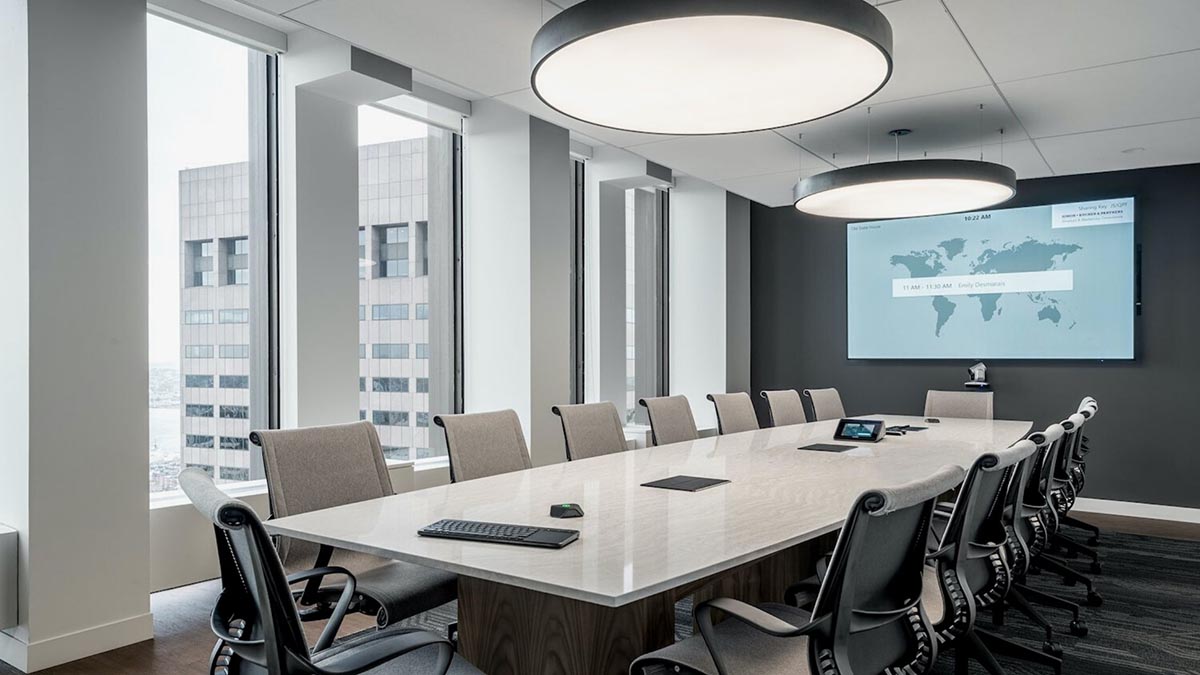The first action in successful camera installation is to locate high-risk areas within the retail space. These locations typically include entry points and exit points, cash counters, and aisles where expensive products are showcased. By installing cameras in these areas, store owners can monitor shopper actions and detect suspicious activities. Additionally, surveillance systems at entrances can record images of people entering and leaving the store, which is crucial for identifying possible shoplifters. This proactive approach aids in minimizing loss and guaranteeing a secure environment.
A further key consideration is the kind of camera used in the retail space. Various cameras serve distinct functions. For instance, dome surveillance cameras are commonly used for indoor monitoring because they are more obtrusive and can cover a wide space. On the other hand, bullet surveillance cameras are best for outdoor application, as they are much visible and can check out the post right here discourage illegal behavior. Retailers should assess their specific requirements and choose the appropriate camera models to guarantee comprehensive coverage of the store.

Along with surveillance camera models, the position and height at which cameras are installed play a significant role in their efficacy. Surveillance devices should be set at a height that allows for unobstructed viewing of individuals and actions without being easily tampered with. A common recommendation is to mount surveillance devices at least 8 to 10 ft off the floor. Additionally, cameras should be angled to cover as wide space as feasible while avoiding blind spots. This strategic placement ensures that all areas of the retail space are observed, offering a full view of customer engagements and potential security risks.
Ultimately, it is crucial for store owners to regularly review and service their monitoring equipment. This includes checking camera performance, confirming that footage are high-quality, and refreshing programs as needed. Regular maintenance aids to avoid mechanical issues that could compromise safety. Additionally, store owners should review footage periodically to spot patterns in customer behavior and potential safety threats. By staying proactive and mindful to their monitoring systems, retailers can establish a more secure retail environment and protect their assets effectively.